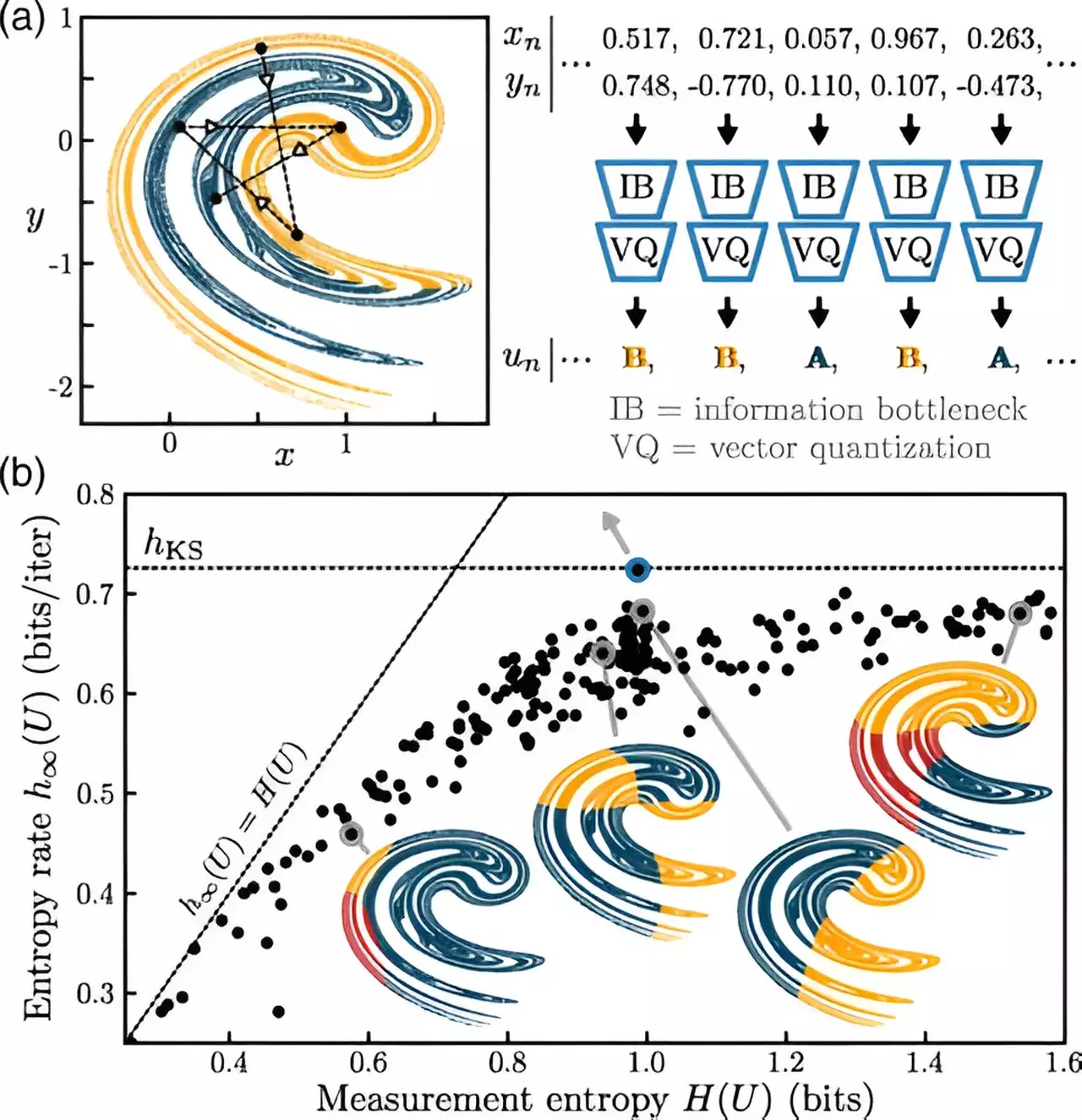Humanity has always been drawn to the enigmatic nature of chaos, seeking to decipher complex systems that govern daily life, from unpredictable weather patterns to the intricate dynamics of populations. The pursuit of understanding chaos isn’t merely an academic endeavor; it’s a crucial facet of making informed decisions in activities as diverse as agriculture, healthcare, and energy management. At the forefront of this exploration are researchers like Dani S. Bassett and Kieran Murphy from the University of Pennsylvania, who are harnessing the power of machine learning to demystify chaotic systems. Their work underscores the intersection of technological innovation and theoretical research, marking a significant advance in our ability to analyze and interpret complex, nonlinear systems.
The Mathematical Underpinnings of Nonlinearity
At the heart of understanding chaos lies the principle of nonlinearity, a characteristic that distinguishes chaotic systems from linear ones. Traditional linear models operate under predictable rules, where initial conditions yield consistent outcomes over time. In stark contrast, nonlinear systems, as highlighted by Murphy, are like a game of telephone, where initial data morphs unpredictably as it navigates through time. Over longer periods, this multiplicity of variables and potential outcomes renders reliable predictions increasingly elusive. For instance, accurate weather forecasts can only extend a few days ahead, as accumulated uncertainties render forecasts beyond this window nearly futile.
This is not a mere technicality; it’s a fundamental characteristic of our universe that affects various scientific disciplines. To combat this inherent unpredictability, researchers like Murphy are innovating ways to measure chaotic systems more effectively, seeking to provide clarity in realms that traditionally resist precise analysis.
Machine Learning: A Game-Changer in Chaos Analysis
One of the groundbreaking aspects of Murphy and Bassett’s research is the application of machine learning techniques to chaotic system analysis. Contrary to traditional approaches that often rely on established governing equations or vast data sets, machine learning offers a novel framework for encapsulating chaotic dynamics. By minimizing the amount of data required to yield actionable insights, machine learning opens the door to a more sophisticated understanding of chaotic systems.
Murphy’s work is particularly intriguing because it doesn’t just rest on making predictions; it endeavors to redefine our measurement of chaos itself. By employing deep learning algorithms, researchers can distill vital information from complex datasets and formulate a singular measurement reflective of chaotic dynamics. This approach promises to reshape our understanding of how information is generated and dispersed within chaotic systems—potentially revolutionizing forecasting methodologies in fields ranging from meteorology to epidemiology.
Real-World Applications and Future Implications
The implications of successfully measuring chaos extend beyond theoretical concerns; they can profoundly influence real-world applications. More accurate chaos measurement tools could enhance weather forecasting precision, significantly impacting agriculture by offering farmers reliable climate insights months ahead. In medicine, understanding the chaotic dynamics of human biology has the potential to revolutionize diagnostics and treatment methodologies, paving the way for data-driven healthcare solutions.
The crossover between chaos theory and health science is particularly promising. As Bassett points out, comprehending the chaotic interplay of information within the human brain could unravel vital insights concerning mental health. With the right tools, researchers could uncover patterns that contribute to various conditions, leading to innovative therapeutic strategies.
Chaos and the Human Experience: A Philosophical Inquiry
Amid the scientific rigor, there lies a philosophical inquiry into our inherent desire for predictability in a chaotic world. Our attempts to wrestle control over unpredictable systems often reflect broader existential questions about understanding our environment. The continual drive for certainty in chaotic scenarios, as advanced by the convergence of machine learning and chaos theory, mirrors humanity’s quest for knowledge and mastery over its surroundings.
Each breakthrough in the understanding of chaos not only feeds scientific curiosity but also suggests an expanding horizon for human welfare. By applying advanced analytical methods to life’s unpredictabilities, we edge closer to potential solutions for pressing global challenges—be it climate change forecasting, health crises management, or crisis mitigation strategies in complex systems.
As we look ahead, the collaboration between machine learning and chaos theory heralds a transformative era in how we approach dynamic systems. With continued dedication to this research, we have the opportunity to reframe our relationship with uncertainty, turning chaotic insights into actionable knowledge that enriches lives and enhances our understanding of the world we inhabit.


Leave a Reply